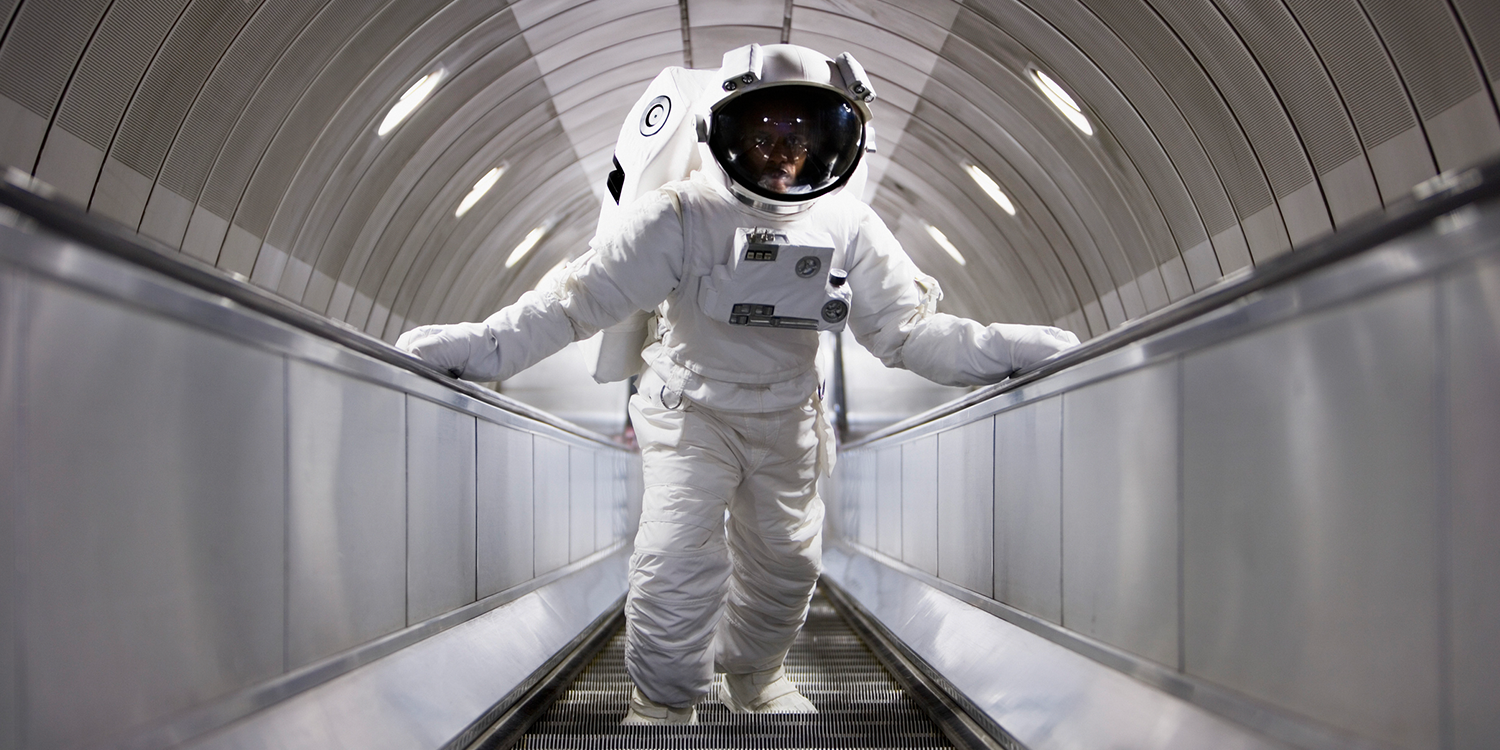
Space Tourism: Technological Challenges and Progress
A new chapter is written in the grand tapestry of human exploration: space tourism. The concept of traveling beyond our planet’s boundaries for leisure and adventure has shifted from science fiction to tangible reality. This article delves into the captivating realm of space tourism, the technological challenges it faces, and the incredible progress propelling it forward.
Space Tourism: Technological Challenges and Progress
Space tourism, the ultimate fusion of wanderlust and scientific curiosity, presents a unique technological challenge that demands innovative solutions. These challenges revolve around safety, propulsion, sustainability, and cost-effectiveness. Yet, as human ingenuity knows no bounds, remarkable progress is being made to address these hurdles.
Safety in the Cosmos: Pioneering Precautions
Ensuring the safety of space tourists amidst the vacuum of space and extreme conditions is paramount. Spacesuits fortified with advanced materials shield against radiation and micrometeoroids. Cutting-edge AI systems monitor vital signs, anticipating potential risks and mitigating emergencies, reflecting humanity’s unyielding dedication to protecting its pioneers.
Propulsion Prophecies: Navigating Zero Gravity
Propelling spacecraft in the vacuum of space requires revolutionary propulsion systems. Ion drives, leveraging electromagnetic acceleration, offer efficient and steady thrust for extended journeys. SpaceX’s innovative Raptor engines showcase unprecedented adaptability, enabling controlled descent for rocket reusability, ushering in a new era of economic space travel.
Sustainable Spacefaring: Green Initiatives Beyond Earth
As humanity extends its footprint beyond Earth, environmental responsibility must accompany our ventures. Researchers explore bio-regenerative life support systems, harnessing plants to generate oxygen and purify water on extended missions. Additionally, solar-powered propulsion minimizes reliance on traditional fuel sources, aligning space tourism with sustainable practices.
Cost-Effective Cosmos: The Price Tag of Progress
While space tourism was once reserved for the elite, technology democratizes access. Advancements like 3D-printed rocket components significantly reduce manufacturing expenses. Collaborative efforts, such as the International Space Station, pave the way for cost-sharing ventures, making space tourism an attainable aspiration for more individuals.
Navigating the Final Frontier: Autonomous Navigation
Autonomous navigation systems are pivotal for safe and precise space travel. Constellations of satellites provide real-time communication, enabling accurate course corrections. AI-powered guidance systems optimize trajectories, ensuring spacecraft evade space debris and other hazards, illustrating our mastery over the cosmic ocean.

Lunar Lodgings: Habitat Innovation
As aspirations extend to lunar tourism, creating habitable spaces beyond Earth becomes imperative. Lunar habitats, constructed using in-situ resources, offer respite for intrepid explorers. These innovative structures ensure comfort, protection, and sustainability, redefining the concept of an off-world getaway.
From Rockets to Spaceplanes: Diverse Fleet of Vessels
Space tourism is embracing diversity in vessel design. Like Blue Origin’s New Shepard, reusable rockets epitomize vertical takeoff and landing. Meanwhile, as exemplified by Virgin Galactic’s VSS Unity, spaceplanes provide a runway-style ascent and descent, catering to varied preferences and expanding exploration horizons.
Conclusion
The allure of space tourism beckons adventurers and dreamers to embark on journeys beyond Earth’s confines. Technological challenges are being met with innovative solutions, propelling the industry forward and bringing the cosmos closer to humanity. As we navigate the intricate cosmos, space tourism enriches our understanding of the universe and unites us in our shared pursuit of exploration.

